10 Tech Stocks That Will Rule the Cloud


The current decade may end up being remembered as the “Cloud Decade.”
The cloud is essentially a massive infrastructure of computers around the world that are used to power processes more efficiently and store a far greater amount of information than one mere computer can. The data centers that power the cloud are sprawling structures with computer and networking gear. They are capable of handling enormous workloads, but they also need enormous workloads to be run profitably and lift the tech stocks supporting them.
Many of the companies that are dominating the cloud at present bet on building the cloud early, and in many cases wagered most if not everything they had. It was too rich an investment at the time for giant firms such as AT&T (T) and International Business Machines (IBM), which were more focused on today’s profits and dividends than tomorrow’s dividends. But some of those that made the bet were richly rewarded – American capitalism at its finest. These tech stocks, considered “cloud czars,” represent more than $3.5 trillion in market value today.
But “czars” aren’t the only companies making money off the cloud. There are numerous cloud users that haven’t developed infrastructure, but still have manipulated the technology to its full potential. These software and content companies still made a gamble, though, committing to putting all their assets in the cloud and selling services rather than products. Now, they dominate many markets.
Tech stocks involved on both sides of the cloud still hold enormous potential. Whether it’s “czars” that control the infrastructure, or “users” that take advantage of the cloud’s low-cost economics and enormous reach, each of these 10 stocks may continue to change the tech landscape in the years ahead – and enrich shareholders in the process.
Data is as of March 28, 2018. Click on ticker-symbol links in each slide for current share prices and more.
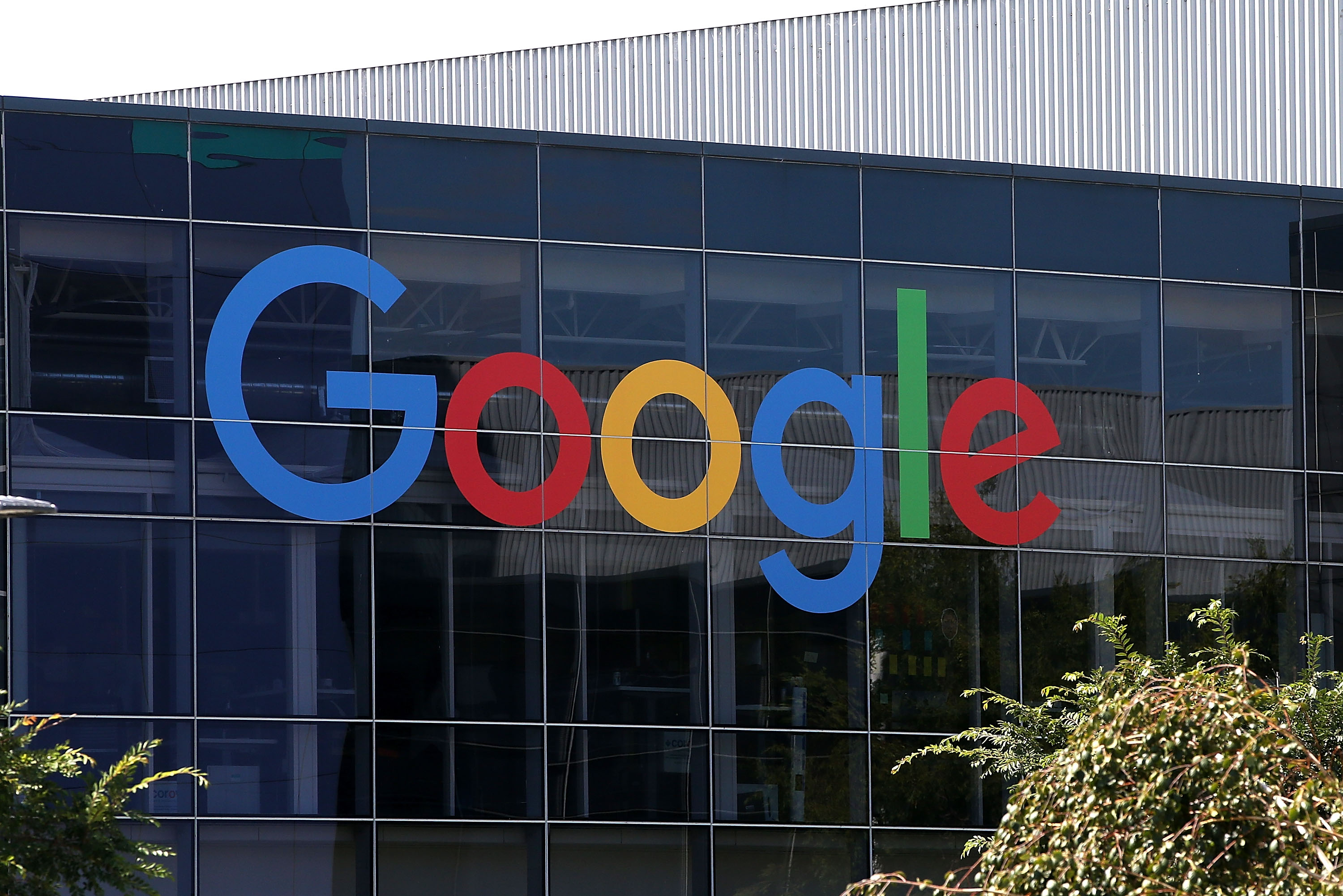
Alphabet
- Market value: $721.8 billion
- Alphabet (GOOGL, $1,005.18), parent of the Google search engine, didn’t invent the cloud. It was merely the first to see the need to combine virtual operating systems in which any program can run; distributed computing that could share a program load among many machines; and massive scale, based on open-source software and cheap hardware, to run its business.
These three ideas – scaled to the largest possible degree, and connected by fast fiber-optic cables – make up the cloud.
Alphabet now has a network of 15 cloud data centers; nine in the U.S., and the rest spread among countries including Chile, Finland and China.
Google put more than $13 billion into capital spending during 2017, including $4.3 billion alone in the fourth quarter, to support a business with revenues of over $110 billion in 2017. Most of that comes from advertising on Google services, but it also includes Google Cloud, which resells this cloud capacity as infrastructure, platforms and applications.
Google only got serious about reselling its cloud in 2015, under Diane Greene, a co-founder of VMware (VMW), which developed much of the virtual machine technology on which clouds are based. The bulk of Google’s capacity still is used to run its advertising-supported search business, which netted $73.7 billion last year after costs for buying traffic. In fact, in 2017, digital ad spending outpaced that of TV, at $209 billion worldwide.
Google may be the ultimate cloud play. It is in every area of cloud – hardware, software, services, commerce and resale. The recent court decision saying it violated Oracle’s (ORCL) Java copyright in writing Android will hurt the stock, but the company remains strong.

Amazon.com
- Market value: $686.8 billion
No company is more closely associated with the cloud than Amazon.com (AMZN, $1,431.42), which was founded as an Internet bookseller in 1994.
To Amazon, the cloud is just one type of e-commerce infrastructure, like warehouses, delivery trucks, transaction processing or calculating sales tax. It uses all these things to run its own e-commerce business, then resells the same capabilities to other companies.
But by being the first to resell its cloud infrastructure as a service, under the name Amazon Web Services, and by investing in it ahead of demand, Amazon has built the world’s largest cloud, with 54 “Availability Zones” across 18 geographic regions on five continents. Four more regions are planned: in Bahrain, Hong Kong, Sweden and an additional U.S. location.
Amazon only began breaking out cloud revenues a few years ago, but its excellent profitability compared to is low-margin e-commerce operations has helped power AMZN shares’ gains ever since. In 2017, AWS brought in $17.46 billion, with $1.35 billion of it profit. Amazon has almost half the public cloud market, and analysts say it’s in “a league of its own” within that market.
In the process, founder Jeff Bezos – who still owns 16% of the company’s stock – has become the world’s wealthiest man, possessing a fortune worth as much as $130 billion in March 2018.

Apple
- Market value: $859.4 billion
- Apple (AAPL, $166.48), whose iPhone devices are among most profitable consumer products ever, was late to the cloud. However, its sheer size allowed it to catch up quickly.
Apple built its first large data center in Prineville, Oregon, in 2007, then built what remains its largest such center in Maiden, North Carolina, starting in 2009. Both are currently being expanded. The company has two other data centers, in California and Nevada.
CEO Tim Cook has committed to building new cloud capacity across the world. This business has kept Apple growing through 2018. Services revenue, under which its cloud operations fall, came to almost $30 billion in fiscal 2017, and it’s the fastest-growing part of the company. Apple now gets more revenue from the iCloud and other services such as the App Store and iTunes – delivered via the Apple Cloud – than from its Mac computers.
Apple’s capital expenditures budget in 2018 is $16 billion, and while some of that money is going into new retail stores, most is going into data centers.

- Market value: $461.3 billion
Perhaps no company took more cloud risks, earlier in its corporate evolution, than Facebook (FB, $153.03) – founded in 2004 in a Harvard dorm room.
CEO Mark Zuckerberg opened Facebook’s first data center in Oregon in 2011, a year in which revenues came to $3.81 billion. It can take $1 billion of capital spending each quarter to compete in the cloud game – a commitment that dissuaded such giant firms as AT&T and IBM from building out cloud until the market had left them behind. Facebook committed to the cloud when the investment represented more than 100% of revenue.
That commitment continues today. The company has pledged $15 billion in capital spending for 2018. Facebook presently has four data centers, and is building four more, including one near Atlanta.
Facebook delivers all its services via its cloud, and all those services depend on advertising. It doesn’t resell cloud capacity as Google and Amazon do. It is not a product company like Apple. It doesn’t even charge users money. It is totally dependent on advertising to support its capital expenditures on cloud.
Facebook also is the biggest gambler among the cloud czars. And gambling carries risk. FB shares have fallen more than 15% after mid-March revelations that a third party, Cambridge Analytica, shared users’ data without their direct consent or knowledge.
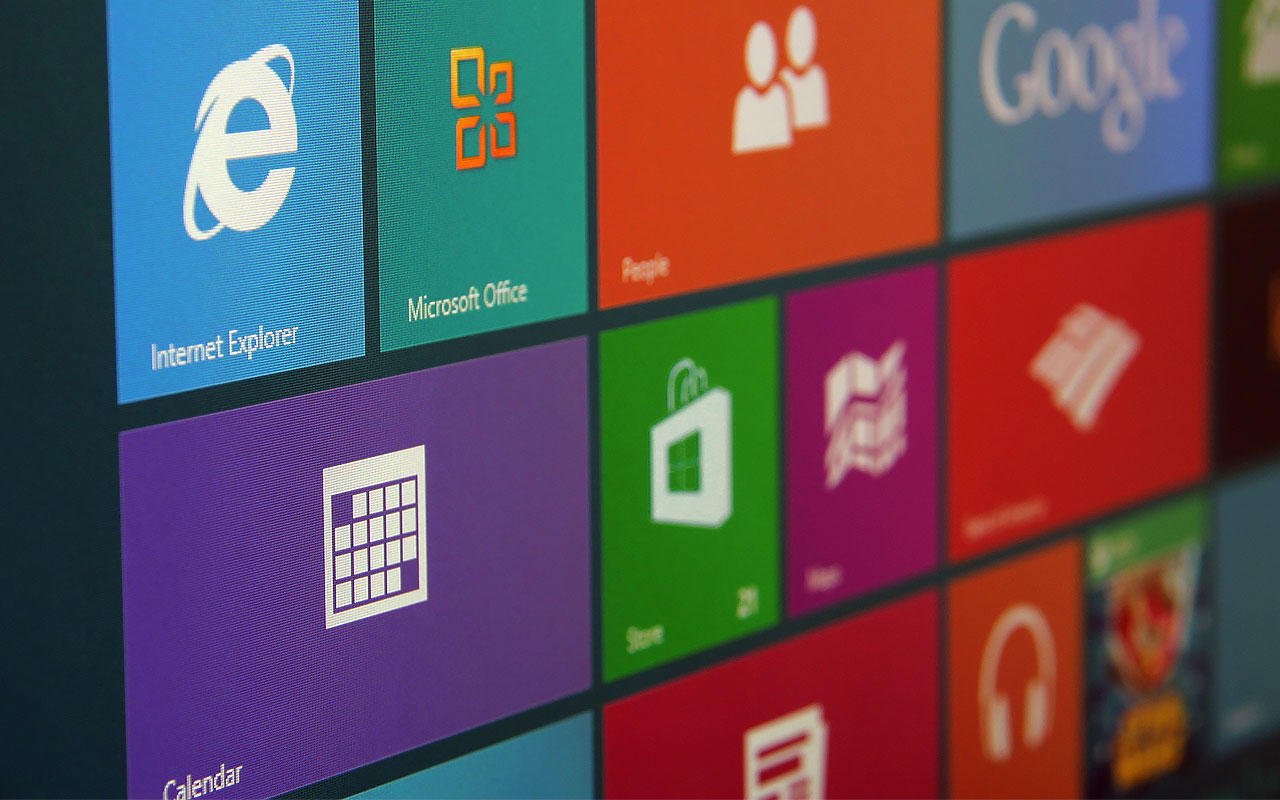
Microsoft
- Market value: $690.4 billion
Amazon’s chief rival in selling cloud services isn’t Google, but Microsoft (MSFT, $89.30).
While Amazon runs its own businesses on the cloud, and began selling cloud capacity a decade ago, Microsoft has only been completely committed to cloud infrastructure since Satya Nadella became CEO in 2014.
Matthew Ball, principal analyst with the technology analysis firm Canalys in England, says Microsoft – whose cloud computing service is dubbed “Azure” – acted under pressure from Google and Amazon. “Google is offering the G Suite of productivity tools against Microsoft Office. Microsoft saw their customers needing the infrastructure to sell their own server-side software (like SQL Server).”
Microsoft now claims to have 50 Azure “regions,” although a single data center can have more than one region. It is building two data centers in the Middle East (Abu Dhabi and Dubai), and is opening two in Africa (Johannesburg and Cape Town, South Africa) this year.
By putting all its resources on the cloud – not just Windows and Office, but all its offerings – and by reselling its capacity at competitive rates, Microsoft has become a growth company again. In fact, it is on pace to achieve $100 billion in revenue for the first time during the current fiscal year. Even better, it sports robust operating margins averaging around 25%, and turned $28.9 billion of revenue into $8.7 billion in profits during the most recent quarter.
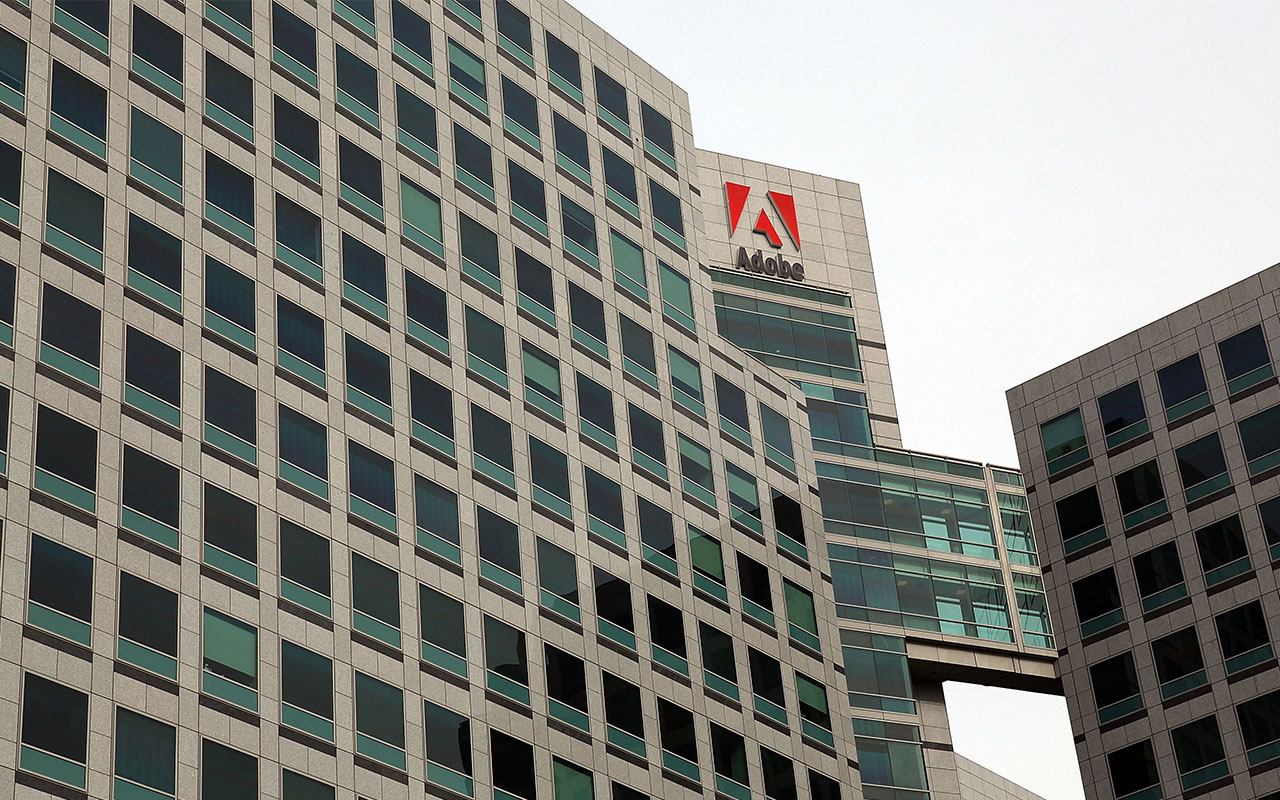
Adobe Systems
- Market value: $105.9 billion
- Adobe Systems (ADBE, $212.54) is an old-line company by the standards of Silicon Valley.
It was founded in 1982 around PostScript, which created computerized typefaces for desktop publishing. Adobe created Photoshop for editing images in 1988, created the PDF format in 1993, then bought its main rival in video editing, Macromedia, in 2005.
But by committing to the cloud, Adobe stock is up more than 400% in just five years. Since 2013, revenues have doubled, and profit margins have exploded from just 5% of revenue to nearly 25%.
Credit Shantanu Narayen, who became CEO in 2007. Photoshop, once sold in boxes, is now offered exclusively online. It is among the publishing tools that are in the Document Cloud. Design software is sold as the Creative Cloud. After launching the Creative Cloud in 2013, Adobe also created the Experience Cloud, which helps create both online and offline marketing campaigns whose results can be measured in real-time.
Adobe holds its own costs down, meanwhile, by offering services on both the Amazon and Microsoft clouds.

Autodesk
- Market value: $28.0 billion
It is better to move to the cloud late than never. Autodesk (ADSK, $124.55), which like Adobe was founded in 1982, has risen in value by nearly 230% in the past five years as it has committed itself to the cloud and selling software-as-a-service.
Under founder John Walker, Autodesk eventually became known for its computer-aided design software, AutoCAD. After a succession of acquisitions, it went through a long period of control by hedge funds before chief marketing officer Andrew Anognost, who became CEO in 2017, led it toward a commitment to cloud and subscription-based pricing. Autodesk’s first subscription offering was Business Information Modeling (BIM), which includes designing, construction planning and management of buildings.
The pivot to the cloud was painful, accompanied by layoffs reducing employment by 1,150 positions. But by the end of 2017, Autodesk had returned to growth, with revenues growing by 16% year-over-year. Losses were substantially reduced, and ADSK shares took off.

Netflix
- Market value: $123.7 billion
No company represents the cloud user trend better than Netflix (NFLX, $285.77), and few have been more successful with it. The cloud has given Netflix investors a gain of more than 1,100% in just five years.
Netflix was founded in 1997 on the idea of mailing DVDs containing movies and TV shows to subscribers, then accepting them back by mail, for a monthly fee. It was founder Reed Hastings’ decision to move his business to the cloud, then expand into original content, however, that really set NFLX on fire.
Netflix’s commitment to the cloud goes beyond simply putting movies online, however. The company also analyzes traffic to decide what to offer viewers, and what shows to buy. And past that, Netflix even created a system called Open Connect to reduce the costs of delivering traffic over the “last mile” of the Internet to consumers.
Netflix is also fully committed to its model. Rather than just take profits on its early-decade success, Netflix has pushed its borrowings to $6.5 billion at the end of 2017, signing exclusive contracts with top producers and even enticing former President Barack Obama into talks about possibly producing shows.
Netflix, which was once compared to cable channel HBO, is now worth well more than HBO’s parent company Time Warner (TWX).
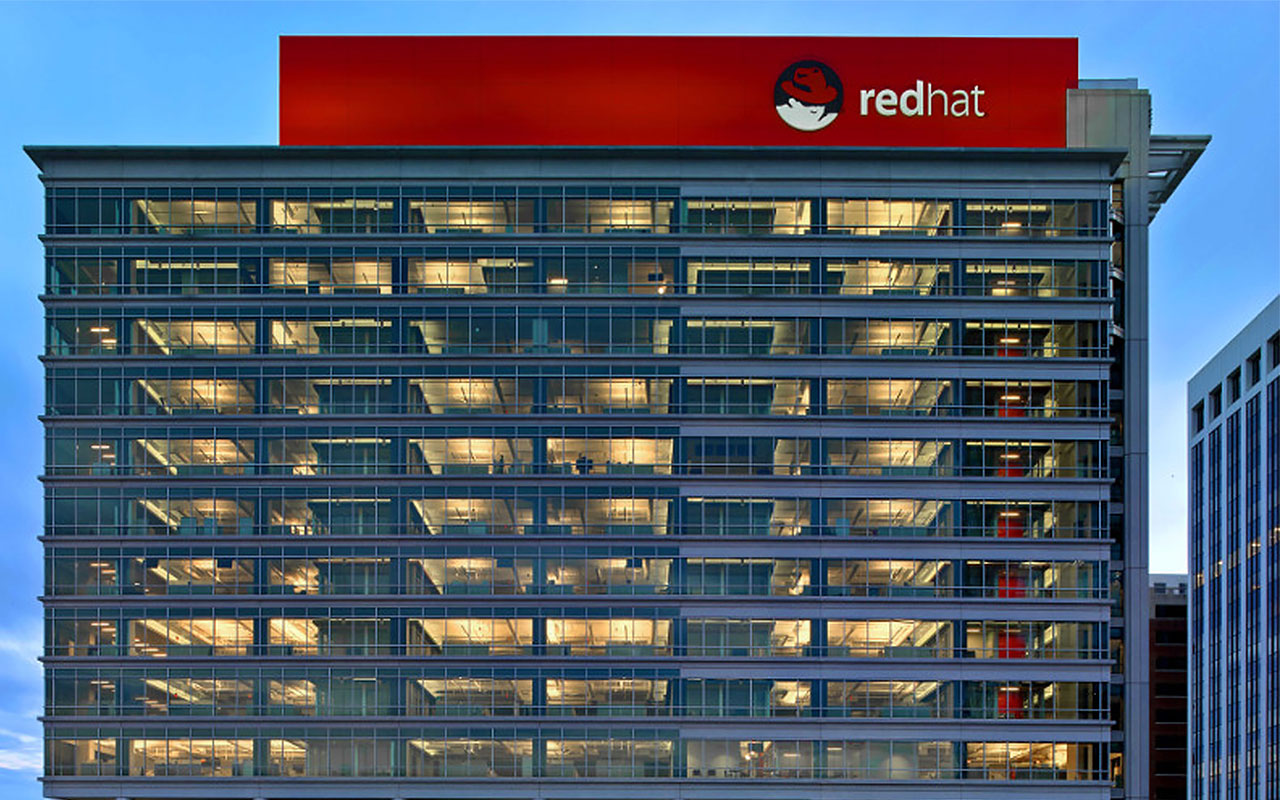
Red Hat
- Market value: $26.3 billion
One of the most important ingredients in the cloud may be open-source software. Open-source software lets companies share their development costs, putting every competitor on a high (and rising) platform of code.
No company is as important to this open source movement as Red Hat (RHT, $146.20), whose stock has more than tripled since 2013.
Red Hat makes money from open-source software by offering two versions of the Linux operating system. The paid version, Red Hat Enterprise Linux, includes support. The free version is called Fedora Linux.
Support, it turns out, is a very good business model.
The stock didn’t really take off until CEO Jim Whitehurst, who came to the company from Delta Air Lines (DAL), launched OpenShift in 2011. Originally designed as a program for adapting its Red Hat Enterprise Linux and JBoss middleware for use in clouds, OpenShift has evolved into a “container management” system, loading software into clouds as self-contained “containers” so they can be managed easily, the way trains and ships move goods using containers.
Since 2013, Red Hat’s revenues have doubled while its profit margins have held steady at over 10% of revenues.
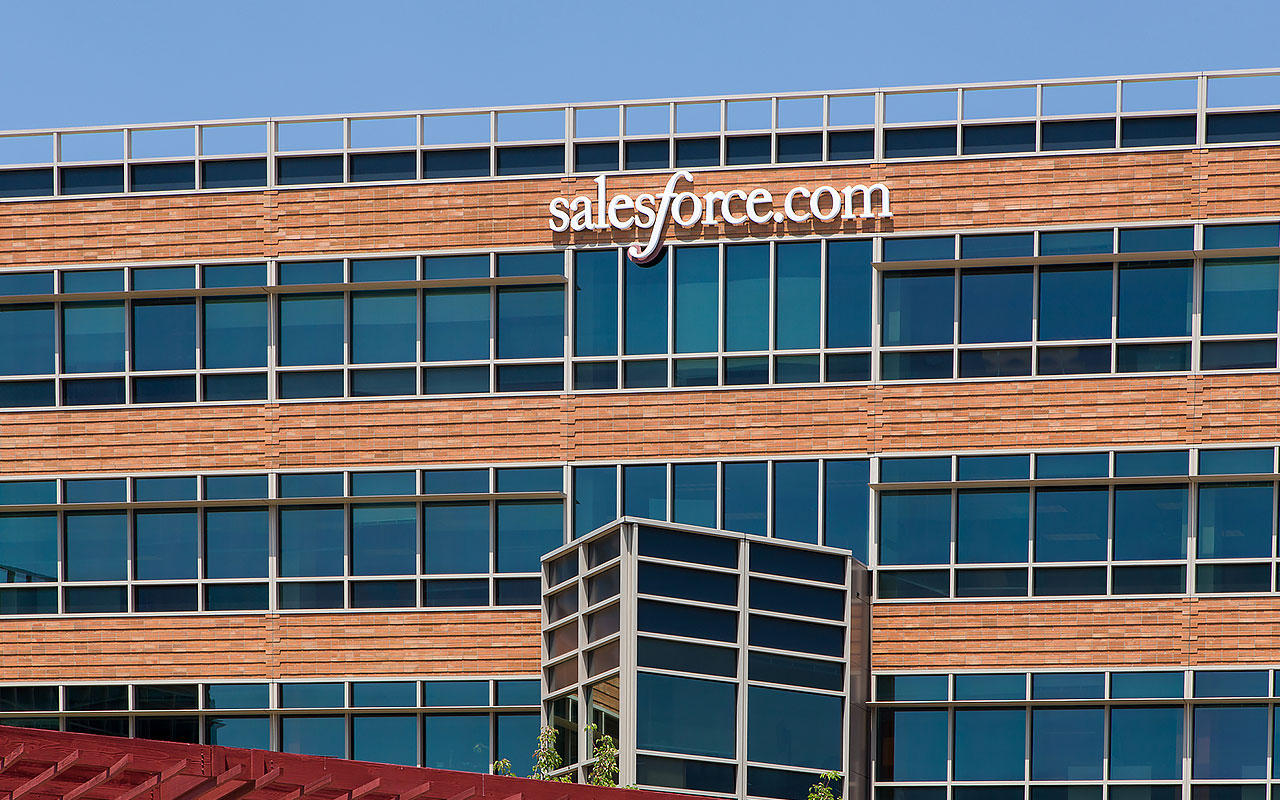
Salesforce.com
- Market value: $83.6 billion
One of the earliest promises of the Internet was that it could deliver software as a service. No company represents the success of this more than Salesforce.com (CRM, $112.88). CRM stock is up roughly 175% during the past five years. If that sounds small, understand that Salesforce already was worth nearly $30 billion in March 2013 and was about to split its stock 4-for-1. The stock has gained 585% in the past decade.
Salesforce was founded in 1999 by a former Oracle executive, Marc Benioff, and started with Customer Relationship Management software (hence the ticker symbol CRM). The software, which was based on Oracle databases, tells marketers all they need to know about every customer, either when they walk in the door, online or offline, or in the aggregate, allowing for better strategies.
Over the years, Salesforce has expanded into other database-based applications, including human resources, performance management and workflow. It also sells others’ software through its AppExchange marketplace.
In March 2016, Salesforce announced it would buy Mulesoft for $6.6 billion, allowing it to help enterprises build “hybrid” clouds, where key data is kept on the company’s premises instead of cloud data centers.
Steve Koenig, Managing Director of Wedbush Securities, rates Salesforce an “Outperform” (equivalent of Buy). Companies of all sizes are being forced to digitize and engage across both online and offline distribution channels, and Salesforce is “the best-positioned vendor to capitalize on these trends,” he writes. Moreover, at less than 6 times estimated 2019 revenues, shares “look like a bargain” compared to its peers, Koenig says.
Profit and prosper with the best of Kiplinger's advice on investing, taxes, retirement, personal finance and much more. Delivered daily. Enter your email in the box and click Sign Me Up.

-
 What to Do About These Three Medicare Changes During Open Enrollment
What to Do About These Three Medicare Changes During Open EnrollmentWith costs due to rise sharply next year, look for coverage that protects your wallet as well as your health.
-
 Use the 'Newton Rule' to Grow Your 401(k) Retirement Savings
Use the 'Newton Rule' to Grow Your 401(k) Retirement SavingsHarnessing Sir Isaac Newton's rule of retirement can boost your 401(k) savings while you chill.
-
 What Tariffs Mean for Your Sector Exposure
What Tariffs Mean for Your Sector ExposureNew, higher and changing tariffs will ripple through the economy and into share prices for many quarters to come.
-
 The Dollar Index Is Sliding. Is Your Portfolio Prepared?
The Dollar Index Is Sliding. Is Your Portfolio Prepared?The dollar's fall has been troubling because inflation appears to be constrained and the economy has been strong. Here's what it means for investors.
-
 Stock Market Today: Stocks Step Back From New Highs
Stock Market Today: Stocks Step Back From New HighsInvestors, traders and speculators continue the low-volume summer grind against now-familiar uncertainties.
-
 Stock Market Today: Another Quarter, More Mixed Price Action
Stock Market Today: Another Quarter, More Mixed Price Action"Up and to the right" remains the general trend despite persistent uncertainty around critical policy issues.
-
 Are These the Next Stocks to Split?
Are These the Next Stocks to Split?Interactive Brokers' recently split its stock to makes its shares more accessible to investors. Could these high-priced stocks be next?
-
 Stock Market Today: S&P 500, Dow Snap Win Streaks
Stock Market Today: S&P 500, Dow Snap Win StreaksBerkshire Hathaway shares tumbled after Warren Buffett said he'll step down as CEO of the holding company at the end of the year.
-
 Stock Market Today: Dow Drops 971 Points as Powell Pressure Ramps Up
Stock Market Today: Dow Drops 971 Points as Powell Pressure Ramps UpPresident Trump is increasing his attacks against Jerome Powell, insisting the Fed chair cut interest rates.
-
 The Best Communication Services Stocks to Buy
The Best Communication Services Stocks to BuyCommunication services stocks represent a diverse segment of the market that includes media companies, internet giants and telecoms. Here's how to find the best ones.
